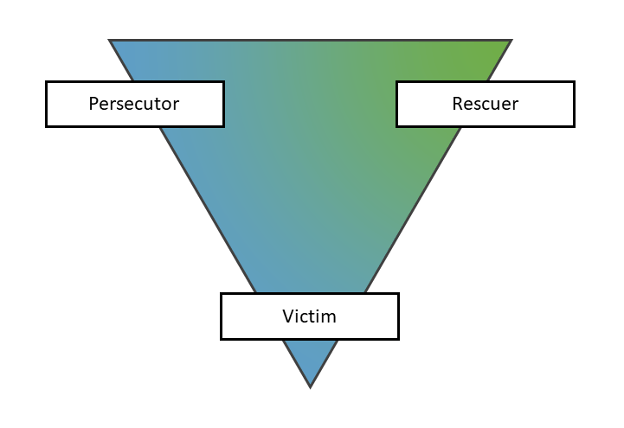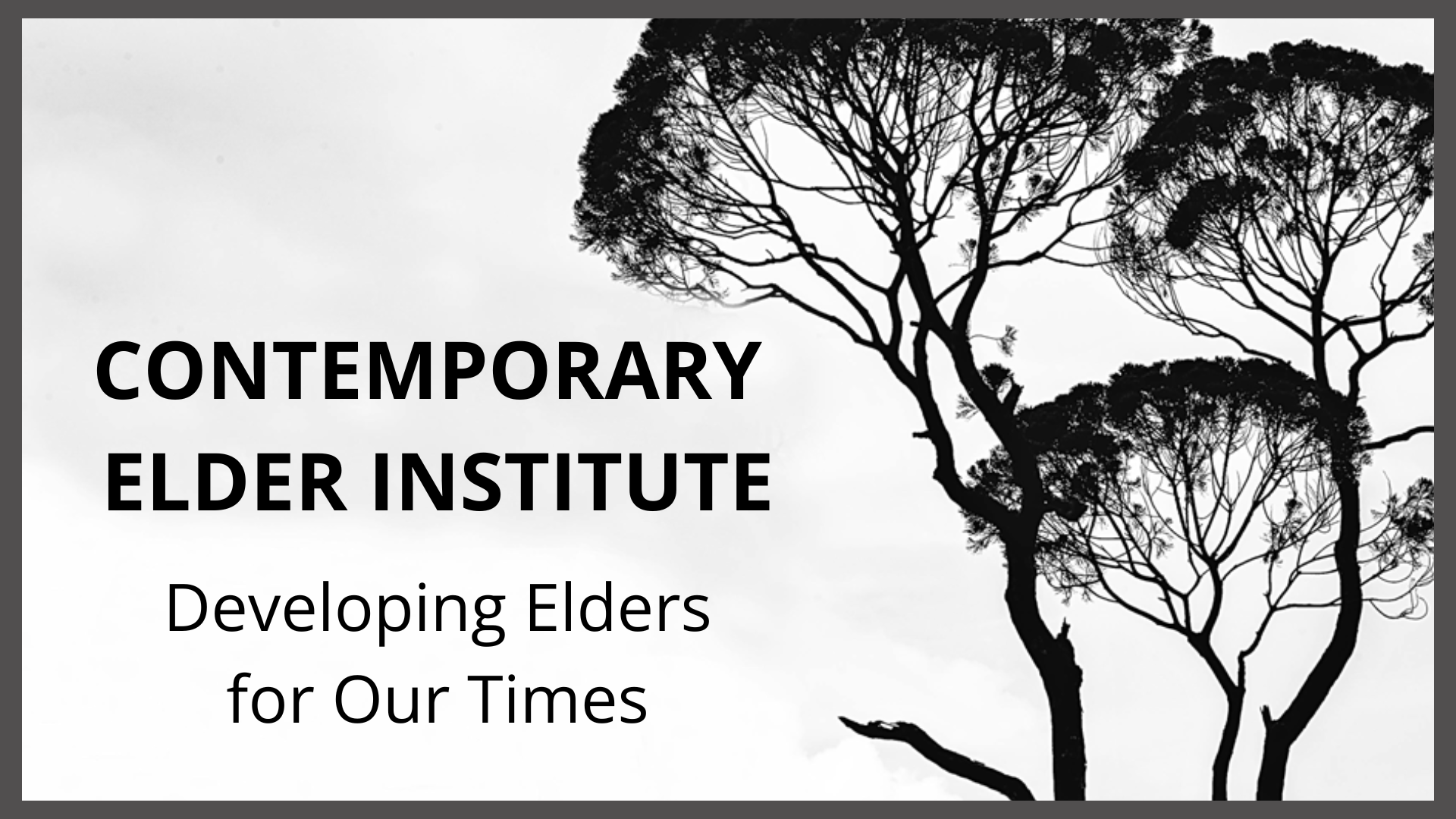SYSTEMIC AGEISM
SYSTEMIC AGEISM

Systemic ageism is a unique form of racism. What makes it so unique is the victim is also a persecutor and, unfortunately, the only true rescuer.
Stephen Karpman first described the Drama Triangle in the 1960s. It is a model of dysfunctional social interactions and illustrates a power game that involves three roles: Victim, Rescuer, and Persecutor; each role represents a common and ineffective response to conflict.
In our Western culture of aging, there are multitudes of external and various insidious internal persecutors. As opposed to middle-age, those in late-age are continuously subjected to furtive hostility. This hostility is far more veiled than the hostilities toward race or sex. Crueler, the hostility toward aging is more debilitating and considerably more subtle.
Watch and listen to people in their speech about aging. Listen to their words, tone, and feelings. What are they explicitly expressing, more importantly, what are they implicitly communicating about aging?
Listen closely, and you will hear - aging is a "problem."
Having aging be a problem makes it something that "shouldn't be." As defined, "a problem is a matter or situation regarded as unwelcome or harmful and needing to be dealt with and overcome." By having aging be a late-life problem, we automatically become the victims of this problem.
Ah, but the victim-hood of aging is good for business. The way aging exists in our culture has spewed forth thousands upon thousands of anti-aging businesses and their never-ending offers of enchanted anti-aging antidotes. Less we forget TV, social media, youtube, Instagram, selfies, and all those magazine covers with their glossy pages of youthful types.
Their message expands and solidifies the notion that aging is a problem. A virtuous cycle for corporate profitability. A vicious cycle for people.
In 2020, total revenue from surgical and nonsurgical cosmetic procedures combined in the U.S. stood at approximately 9.31 billion U.S. dollars. In addition, the recent P&S Intelligence report stated the Anti-Aging Market Revenue will reach $421.4 billion by 2030.
None of the anti aging businesses lost money during Covid. Hmm. What does that tell you about how people feel about aging?
THE PROBLEM WITH THE PROBLEM
Here's the problem – the problem isn't a problem. A problem can be solved making it disappear.
Aging is inevitable. If you're alive, you age. If you are breathing, you are aging. It's invariant. It's going to happen no matter what. Anything that exists in time and form is impermanent. Your human life is impermanent. You are born, you live, you age, you die.
Moreover, as a problem, you inherently see aging as "something is wrong." This viewpoint often drops you into "something is wrong with me." This "something is wrong with me" is the economic engine that keeps the current problematic view of aging enshrined.
So here you are, living in the land of stereotypes glorifying youth and reducing older people to caricatures. A land divided between old and young that keeps the misconceptions of aging thriving. With our own inner voices joining the massive chorus line persecutors.
Instances of ageism are everywhere. Television shows depict the older relative as doddering and feeble, available for an occasional wisecrack or as the target of a young person's joke. Likewise, movies generally ignore anyone over 40, as producers assume that the demographic range of most moviegoers is between the ages of 10 and 30.
The over-50 crowd that TV viewers are exposed to — particularly in commercials — are generally suffering from various forms of dysfunctional body parts requiring an abundance of medication whose side effects are listed in excruciating detail, further solidifying the image of weakness.
Ageism is everywhere, all the time, in every part of the system. Ageism lives in all of us. The manifestation of systemic racism is easy to elicit. One question demonstrates this form of racism. "As a business owner, would you hire someone for a critical position who just turned 70?" The answers that arise – that's systemic ageism.
CAUSING A SYSTEMIC SHIFT
Those in late life must realize, victims, get victimized. And, to be a victim requires a persecutor – no persecutor, no victim.
The bottom line is that ageism will remain the same until those in late life become responsible. When responsible, late lifers can intentionally and consciously cause a reinterpretation of aging in themselves and then in others.
As Gandhi said, "Be the change you want to see in the world." Those in late life can be that change in the world, transforming themselves from older to elder.
And so, one clear intended result when designing the Contemporary Elder Retreat is to empower late-life individuals to move out of victim-hood and become responsible for how they are seen and listened to in the world.
For information about The Contemporary Elder Retreat Click HERE. Just eight (8) spaces are remaining.
There are contemporary perspectives on aging that might impact your perceptions of aging. Dr. Martinez presents some groundbreaking research in this area.
